How to Connect Multiple Bluetooth Speakers on iPhone
As a tech enthusiast and expert, I've often encountered the question: How can one connect multiple Bluetooth speakers to an iPhone?
The allure of amplified, room-filling sound from several speakers simultaneously is irresistible. Unfortunately, Apple did not include an easy feature on their iPhone to manage multiple Bluetooth speakers on their iPhone.
To connect multiple speakers to your iPhone, you will have to use a third-party application, here are the detailed steps.
Step-by-Step Guide to Connect Multiple Bluetooth Speakers
Step 1: Choose Compatible Speakers
Firstly, ensure your Bluetooth speakers are compatible with your iPhone. Most modern speakers are, but it’s always good to check.
Step 2: Connect to the First Speaker
- Open the Settings app on your iPhone.
- Tap on Bluetooth and make sure it's turned on.
- Bring your first Bluetooth speaker into pairing mode.
- Select the speaker from the list of devices on your iPhone.
See the full steps of connecting a Bluetooth device to your iPhone here.
Step 3: Utilize Apps for Multiple Connections
For multiple connections, you'll need the assistance of third-party apps since iOS does not natively support connecting to multiple Bluetooth speakers. Apps like AmpMe, Bose Connect, and Ultimate Ears allow you to sync multiple speakers.
Step 4: Sync Speakers Through the App
- Download and open your chosen app.
- Follow the app’s instructions to connect additional speakers.
- Some apps may require you to create an account or log in.
Step 5: Enjoy Your Music
Once connected, play music from your iPhone, and it should stream through all connected speakers.
Tips for Optimal Performance with Multiple Speakers
To ensure you get the best out of this multi-speaker setup, here are some additional tips:
- Speaker Positioning: Think about the acoustics of your room. Placing speakers at different heights and angles can create a more dynamic sound experience.
- Volume Control: Balance the volume across speakers. If one speaker is overpowering the others, it can disrupt the overall audio harmony.
- Battery Management: If using portable Bluetooth speakers, keep them charged. A speaker running out of battery mid-use can interrupt your audio experience.
- Software Updates: Keep your iPhone and speakers updated. Software updates often include improvements to connectivity and sound quality.
- Avoid Interference: Other electronic devices can interfere with Bluetooth signals. Try to minimize interference by keeping other electronics away from your Bluetooth speakers.
Limitations of Bluetooth Speakers and Alternatives
While connecting multiple Bluetooth speakers to an iPhone offers an enriched audio experience, there are some limitations to consider:
- Compatibility Issues: Not all speakers might be compatible with the apps required for this setup.
- Range Limitations: Bluetooth has a limited range, typically around 30 feet, which can be a constraint in larger spaces.
- Syncing Challenges: Sometimes, there can be slight delays or syncing issues between speakers, leading to a less-than-perfect audio experience.
As for alternatives, if you're looking for a more robust and seamless experience, consider investing in a dedicated multi-room audio system. These systems are designed to provide synchronized sound across multiple speakers in different rooms, often with more advanced control options and better range.
Conclusion
Connecting multiple Bluetooth speakers to an iPhone can elevate your audio experience significantly. While the process might require a third-party app, the outcome is undoubtedly worth it.
To delve deeper into enhancing your iPhone's capabilities, check out our articles on Limitations of iPhone Bluetooth range and the role of Bluetooth in iPhone Ecosystem.
Happy listening!

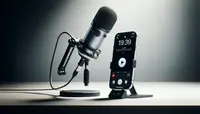
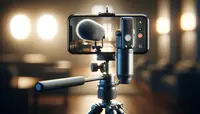
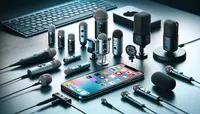



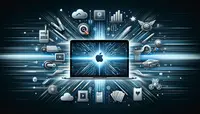
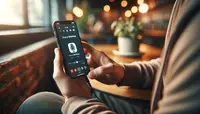

Post your comment